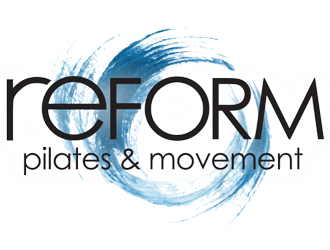The solar plexus, or celiac plexus, is the name given to the network of nerves near the stomach. “Celiac” comes from the Greek word for “belly” and “plexus” means “braid” in Latin. In addition to this nerve hub, it is also home to a plethora of arteries and organs. We call this region the solar plexus because the network (braid) of nerves looks like the rays of the sun. The image is poetic, given the amount of life force that comes from this area.
The solar plexus corresponds with the third chakra. A clear expression of personal power and will is associated with a healthy and balanced solar plexus. It is also the crossroads of our upper and lower body, connecting the physicality of our lower chakras to the higher reasoning of the upper. With so many of our body’s systems organized there, it’s not not surprising that a healthy solar plexus shows up in our vitality!
People communicate with each other subconsciously through the solar plexus. Building your sensitivity to the energy of other people’s solar plexuses can help you connect with them. The more comfortable you are in your own, the easier this is.
At the solar plexus we can dramatically arch, curl, side bend and twist, making it one of the most mobile parts of the spine. Since it can move a lot, it needs to, in order to stay healthy. In many Pilates, Gyrotonic® and yoga exercises, we keep the hips and shoulders relatively stable while letting the solar plexus move.
The solar plexus is the muscular origin of the legs, as the psoas travels from here at the front of the spine to the inner thighs. In an activity like walking or running, you can imagine being drawn forward by the energy of your solar plexus. If your solar plexus moves forward, your legs will too! Even biking, your solar plexus can carry you along. I find that when walking my dog, if I move from my solar plexus and try to sense his, we walk much better together!
While the ribcage and shoulder girdle are closer to the neck and head than the solar plexus is, in some ways our solar plexus is more connected to our head than our shoulders are. The muscles and nerves that run along the spine connect our head and eyes to our solar plexus. The neck, head and solar plexus can be going in one direction together, while the arms are still free to do something else. Our “gut chain,” which connects our mouth to our stomach, also has very little relationship to the arms. Tension in the tongue, jaw and throat often connects to tension at the solar plexus. If you have trouble with your neck and shoulders, you might need to do some work in the solar plexus area!
For many people, the relationship of the spine to the ribcage at the solar plexus needs some adjustment. People with experience in Pilates have usually been given the cue to connect the front of the ribcage, sometimes even with the image of a corset. It’s important that your corset isn’t so tight that you can’t breathe into the back of the ribcage! However, filling out the back of the ribcage does not mean pushing the mid-back backwards. The shape of the ribs allows them to open behind the spine. This means that while taking a deep breath the spine at the solar plexus can still maintain its natural shape, which is a continuation of the arc of the lumbar spine below. Basically the natural arc of the lower back is much longer than most people think it is. When the solar plexus is pushed too far back in upright posture, it compresses the arc of the lower back. It also tends to pull the upper chest in, closing the fronts of the shoulders and pulling the head forward. A great place to work on this alignment is in bridging exercises. If you allow the arch of the lower back to come all the way up to the base of the shoulder blades, while still connecting the front of the lower ribs, it will allow your upper chest to open.
Because the solar plexus is connected to such disparate parts of our body, learning to move it well usually requires figuring out some of these connections. A great place to start is in a Pilates abdominal exercise like the Hundred or Rolling Like a Ball. As you try to curl the lumbar-thoracic junction (the part of the spine just below your ribcage that’s so darn hard to curl), you’ll have to deal with your arms, your legs and your head! Use your arms too much and you’ll compress the solar plexus and not be able to bend it properly. Use the fronts of your legs too much and your psoas will pull your solar plexus forward so you can’t curl it. Put your head out of alignment and your breathing or your spinal muscles won’t be able to relax and fill out your back. Fortunately, if you concentrate on the opening at your solar plexus, your body will gradually guide you towards an organization that will work. It feels great when it happens!


